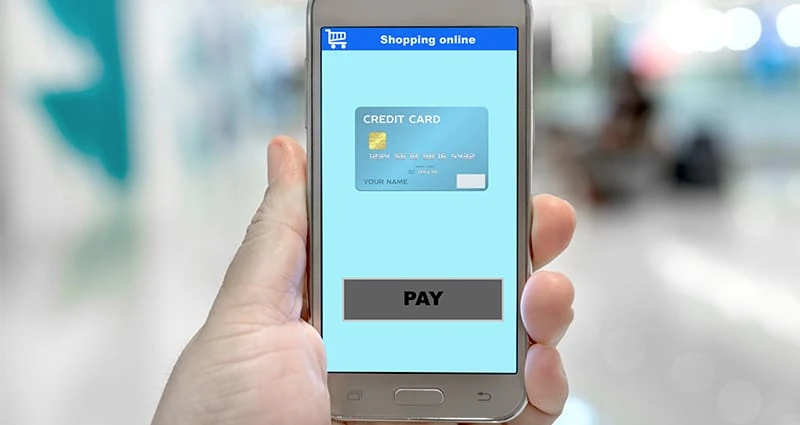Payment Gateways have become the lifeblood of modern e-commerce serving as the ferry between product or service and payment. Famous examples such as Paypal have made users’ access to Amazon, EBay, and other e-commerce portals efficient and safe. Simply put, these programmes serve as transporters and guardians of data. From clicking the order button to payment confirmation, payment gateways are an integral step.
Such an important facet of the digital experience requires strict security and control so developers and companies spare no expense in stress testing their gateways. This blog will delve into the various ways of testing payment gateways to understand how such an important process is secured.
What is the Payment Gateway Process
To understand testing we must first understand how payment gateways function.
1) A customer places an order online for a product or service
2) The customer fills in an order form complete with his contact details, shipping and billing address information
3) The customer submits this info to complete the transaction
4) This data is encrypted and sent to the Payment Gateway
5) The Payment Gateway sends the data to the Acquiring Bank
6) The Acquiring Bank sends this data to the Issuing Bank and awaits verification and authorization
7) The Issuing Bank checks the data and verifies the transaction. If the transaction is declined, a message is sent back along the chain to the customer, often with an explanation such as ‘insufficient funds’
8) If the transaction is authorised a response code is sent to the Acquiring Bank and then on again to the Payment Gateway
9) The Payment Gateway sends a successful payment message to the customer.
10) In the event of a customer cancelling an order, the payment is either voided or refunded depending on the stage of the payment process.
As demonstrated above a Payment Gateway works in a very similar way to payment via card at a brick and mortar shop. Protection of this sensitive information is integral for trust and continued use so testing is one of the most important phases in the construction and maintenance of a Payment Gateway.
The Three Phases of Testing
Security is a huge concern for developers leading to extended testing before a programme or site goes live. This is usually standardised into three phases starting with Pre-Live testing.
1. Pre-Live Testing In Pre-Live
testing, there are two levels of testing, namely Alpha and Beta. Initially in Alpha, testing a Payment Gateway takes place in a controlled, offsite location where developers can alter code and stress the system. Once through Alpha, some in-house users may be invited to try the application in Beta testing. Once all bugs and issues have been addressed and the development team feel the Gateway is ready they will move onto the Pilot phase of testing.
2.Pilot Testing
In Pilot testing, the Gateway will be scrutinised and subjected to more in-house users usually associated with the User Acceptance Testing (UAT) and in some cases, different functions such as subscription payments or monthly instalments. If there are issues the Gateway may be rolled back to Beta testing. If given the all clear, the development team release the Gateway to the final phase of testing, Go Live.
In this final phase, in-house users are swapped out for a small sample of real customers. Transactions are carefully monitored by developers and if the Gateway runs smoothly it is finally released onto a live site for public use.
The Four Types of Testing

To ensure the gateway is working correctly, developers will test different aspects of a Payment Gateway over four important stages; integration, functionality, performance and security.
Integration-
This is one of the primary functions of a Payment Gateway and forms the bedrock of its development. Payment Gateways need to integrate users with banks, service providers, retailers and others making this an important step in testing. Integration includes the processes of placing an order, checking funds, and transaction verification.
Functionality-
Developers test the behaviour of the application such as calculations, order handling, the addition of charges and sundry functions. This testing is especially relevant for newer payment gateways as their systems will not have this framework already in place.
Performance-
Performance is especially relevant for stress testing as it checks the Payment Gateway’s ability to handle data. Examples of these tests include the highest number of users the Gateway can manage and the speed of transactions.
Security-
This is a critical phase of testing and often signals whether a Payment Gateway will be successful. Transactions require sensitive information such as bank details, credit card numbers, and personal information so protecting this data is key. To this end, developers ensure the Payment Gateway channel is secure and that all information is encrypted, ensuring end to end protection of data.
Overall, testing on Payment Gateways is stringent and for good reason. From multiple phases to focusing on each aspect of the Gateway, protecting users, vendors, and banks is of tantamount importance and often defines the success of the application. The use of this stringent system have made these applications into the juggernaut they are today and the lifeblood of online transactions.
Did you find this article useful? If so, why not take a look at our other blogs...
